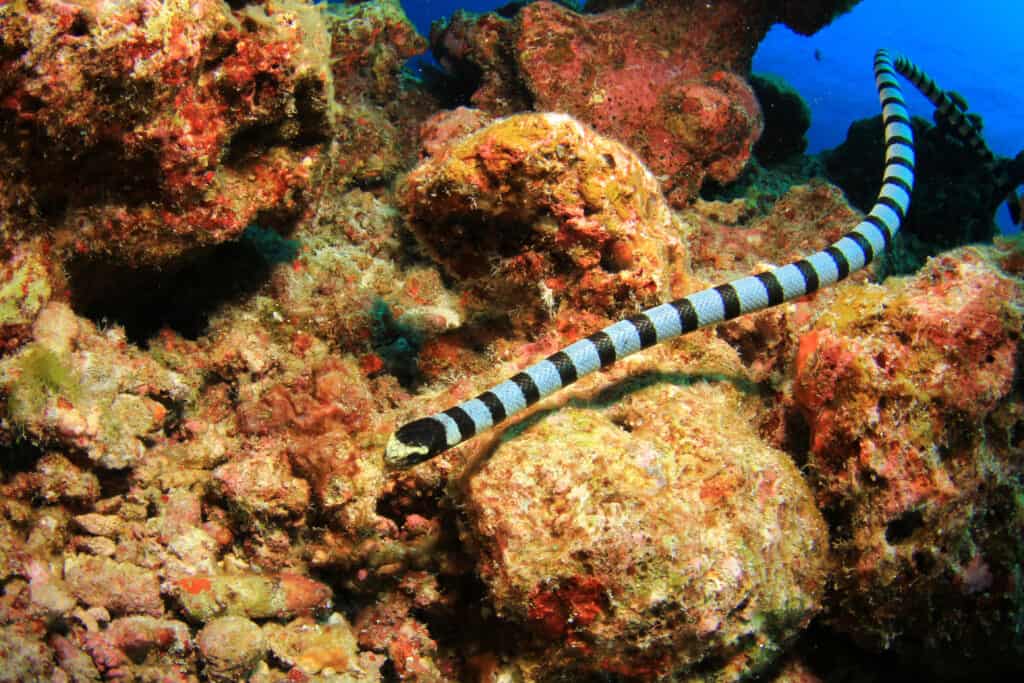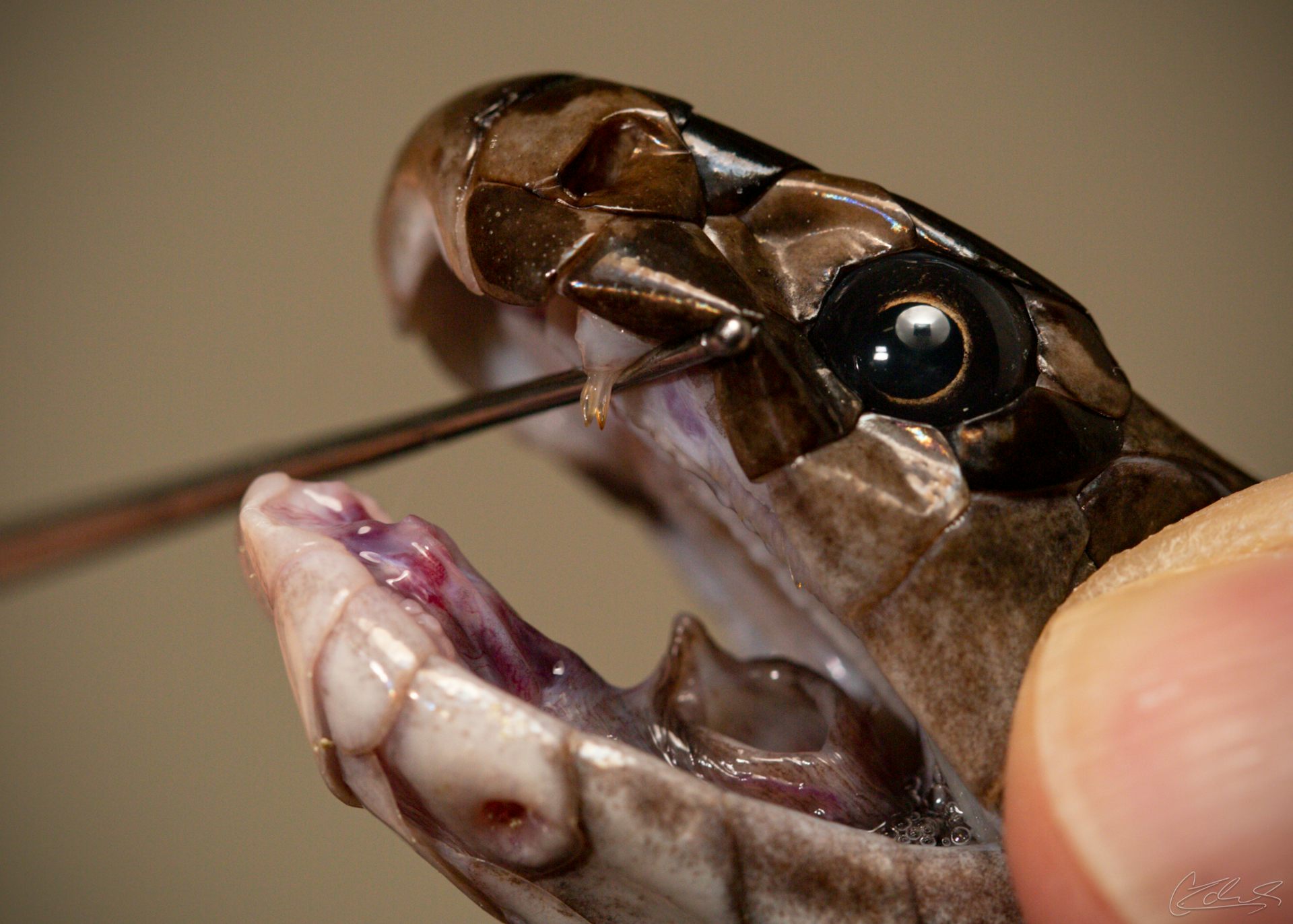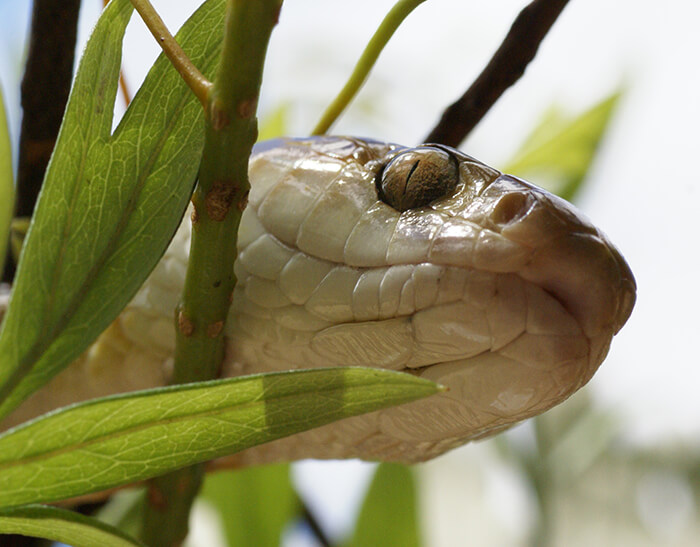Introduction
Snake bites are a major clinical emergency that can take place in different atmospheres, particularly in regions where serpents are prevalent. In Australia alone, there are numerous species of venomous snakes such as the Tiger Serpent, Eastern Brown Snake, and How to identify Australia's deadliest snakes King Brown Snake. Recognizing exactly how to effectively manage snake bites is crucial for any Fierce Snake (Notechis species) person who hangs out outdoors or lives in backwoods. This short article will certainly explore comprehensive first aid monitoring techniques for snake bites and outline ideal methods for replying to these incidents.
First Help Monitoring of Snake Bites: Finest Practices for every single Situation
When dealing with a serpent bite, the first action can significantly impact the target's result. Immediate action is critical due to the fact that quick clinical treatment frequently figures out the extent of injury or survival rate. Below are crucial emergency treatment principles to bear in mind:
Stay Calm: The primary step in taking care of a snake bite is to continue to be tranquil. Panic can raise heart prices and increase the spread of venom throughout the body. Call for Help: Dial emergency solutions instantly. Provide them with your location and any kind of details regarding the snake if possible. Keep the Sufferer Still: Encourage the sufferer to remain as still as possible. Motion can increase blood flow, increasing venom absorption right into the bloodstream. Positioning: If practical, place the affected limb at or listed below heart level. This positioning helps slow down venom spread. Remove Tight Clothing: Loosen any garments or fashion jewelry around the bite site; swelling might happen quickly after a snake bite. Do Not Use Ice/Cold Packs: As opposed to popular belief, using ice can get worse cells damages and ought to be avoided.Understanding Serpent Species and Their Habitats
Tiger Serpents and Their Habitat
Tiger serpents (Notechis scutatus) are amongst Australia's the majority of infamous poisonous serpents because of their aggressive nature and potent venom.
- Habitat: They commonly inhabit coastal areas, marshes, and areas with dense plant life like marshes and swamps. Risks: Understanding of local tiger snake environments can decrease the threat of encountering one unexpectedly.
Eastern Brown Snakes: A Substantial Threat
The Eastern Brown Serpent (Pseudonaja textilis) is another extremely venomous species discovered throughout eastern Australia.
- Habitat: This serpent flourishes in metropolitan locations, agricultural lands, and grasslands. Behavior: Known for its quick strikes when intimidated, recognizing its behavior might aid mitigate encounters.
Recognizing Symptoms of Serpent Bites
Identifying signs and symptoms at an early stage can improve opportunities of efficient treatment:
Local Symptoms:- Pain and swelling around the bite site Discoloration or bruising
- Nausea or vomiting Difficulty breathing Signs of shock (e.g., light skin, fast heart beat)
First Aid Methods for Details Snake Bites
First Aid for Tiger Serpent Bite
In case of a tiger serpent bite:
Stay calm; maintain still. Call emergency situation solutions immediately. Immobilize the influenced limb making use of a splint if available. Do not attempt to draw out venom or use ice.First Help for Eastern Brown Serpent Bite
For an eastern brown snake bite:
Keep tranquility; reassure the victim. Call emergency situation solutions without delay. Position them easily while preventing movement. Mark the sides of swelling with a pen when possible for observation.Creating Your Snake Bite Emergency Treatment Kit
A well-prepared first aid set can make all the difference throughout emergency situations:
|Product|Function|| -------------------------------|---------------------------------------------------|| Compression plasters|To immobilize limbs|| Sterilized gauze|To cover wounds|| Antihistamines|For allergic reactions|| Emergency situation get in touch with numbers|Quick gain access to throughout situations|| Instruction manual|Step-by-step advice on dealing with emergency situations|
What Ought to You Never Do When Dealing With a Serpent Bite?
Here's a checklist of common mistakes when dealing with serpent bites:
Do not use tourniquets; they can create even more injury than good. Avoid cutting into or attempting to suck out venom from the wound. Never give alcohol or stimulants to sufferers as it might worsen their condition.FAQs Regarding Emergency treatment Administration of Snake Bites
1. What need to I do if I see a snake?
Stay calm and back away gradually without sudden movements.
2. Just how do I identify if a snake is venomous?
Research local types' qualities; several have distinct color patterns or markings.
3. Can I utilize ice on a serpent bite?
No, using ice can raise cells damage.


4. For how long do I have actually after being attacked before looking for medical attention?
Seek clinical attention quickly-- time is vital with poisonous bites!
5. Is it secure to drive myself to the healthcare facility after a bite?
No! It's harmful as symptoms may intensify en course; wait on expert help.
6. Are all snakes in Australia dangerous?
No! While Australia has many hazardous snakes, there are additionally non-venomous species that position no threat.

Conclusion
The emergency treatment management of snake attacks needs prompt activity incorporated with knowledge about local species' actions and environments like those of tiger snakes and eastern brownish snakes in Australia. By adhering to ideal methods described above-- such as continuing to be calm, calling emergency services quickly, and knowing what not to do-- you dramatically improve survival chances after such accidents occur.
Equipping on your own with understanding about various kinds of snakes in your location and preparing a suitable first aid set will guarantee you prepare should an encounter arise-- making you far better prepared to manage this potentially life-threatening situation effectively!